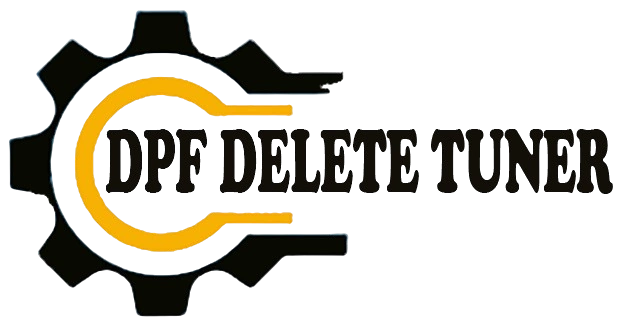Overview
| CODE | REASON | EFFECT |
| Fault Code: 1685 PID: SPN: 3364 FMI: 4/4 LAMP: Amber SRT: |
Aftertreatment Diesel Exhaust Fluid Quality Sensor Circuit – Voltage above normal, or shorted to high source
|
Possible reduced engine performance. |
Circuit Description
The aftertreatment diesel exhaust fluid quality sensor is a smart device that communicates to the ECM via the J1939 datalink. The aftertreatment diesel exhaust fluid quality sensor performs its own internal diagnostics and reports malfunctions back to the primary engine control module via the J1939 datalink. The aftertreatment diesel exhaust fluid quality sensor is used to measure the concentration of the aftertreatment diesel exhaust fluid in the tank.
Component Location
The aftertreatment diesel exhaust fluid quality sensor is located in the aftertreatment diesel exhaust fluid tank. It may be a combination sensor with the aftertreatement diesel exhaust fluid tank level and tank temperature sensors. Location of the tank and sensor is OEM dependent. Refer to the OEM service manual.
Conditions for Running the Diagnostics
This diagnostic runs continuously when the keyswitch is in the ON position or when the engine is running.
Conditions for Setting the Fault Codes
The Engine Control Module (ECM) detected the aftertreatment diesel exhaust fluid quality sensor signal voltage was out of range low.
Action Taken When the Fault Code is Active
- The ECM illuminates the amber CHECK ENGINE lamp immediately when the diagnostic runs and fails.
Conditions for Clearing the Fault Code
- To validate the repair, perform a key cycle, start the engine and let it idle for 1 minute.
- The ECM will turn off the amber CHECK ENGINE lamp immediately after the diagnostic runs and passes.
- The fault code status displayed by the recommended Cummins® electronic service tool or equivalent will change to INACTIVE immediately after the diagnostic runs and passes.
- The “Reset All Faults” command in the recommended Cummins® electronic service tool or equivalent can be used to clear active and inactive faults.
Shop Talk
Possible causes of this fault code include:
- Short circuit to ground in the engine harness, sensor, or ECM.
- Short to ground in the wiring harness
Troubleshooting Summary
Solution: S00000144
Verification
Conditions
- Turn keyswitch ON.
- Connect the recommended Cummins® electronic service tool or equivalent.
Action
- Use the recommended Cummins® electronic service tool or equivalent to read the fault codes.
Specification
Before troubleshooting this fault code, troubleshoot any fault code that is active or has more than one inactive count within the last 25 engine operating hours from the following list:
- Aftertreatment diesel exhaust fluid system: 3868
Linked Solutions
- None
Repair
- Perform a search on the appropriate fault codes.
Validation
- None
Solution: S00000933
Verification
Conditions
- Turn keyswitch ON.
- Connect the recommended Cummins® electronic service tool or equivalent.
Action
- Use the recommended Cummins® electronic service tool or equivalent to read the fault codes.
- Verify all preceding solution verifications for this fault code have been performed.
Specification
- If the fault code is still active or inactive with more than once count within the last 25 engine hours and all the preceding solution verifications have been performed, then a malfunctioning aftertreatment diesel exhaust fluid quality sensor has been detected.
Linked Solutions
- None
Repair
- Replace the aftertreatment diesel exhaust fluid quality sensor.
Refer to OEM Service Manual
Validation
- Connect all components
- Connect the recommended Cummins® electronic service tool or equivalent.
- Disable the fault code.
- Operate the engine within the “Conditions for Clearing the Fault Code” found in the Overview section of the troubleshooting procedure.
- Verify that the fault code is no longer active.
- Check ECM Calibration Revision History
- Use the recommended Cummins® electronic service tool or equivalent to find the current ECM code and revision number in the ECM.
- Compare the ECM code and revision number in the ECM to the calibration revisions listed in the ECM Calibration Revision History Database for applicable changes related to this fault code.
- Refer to ECM Calibration Revision History Database.
If all steps have been completed and no root cause has been identified, then follow the technical escalation process.
